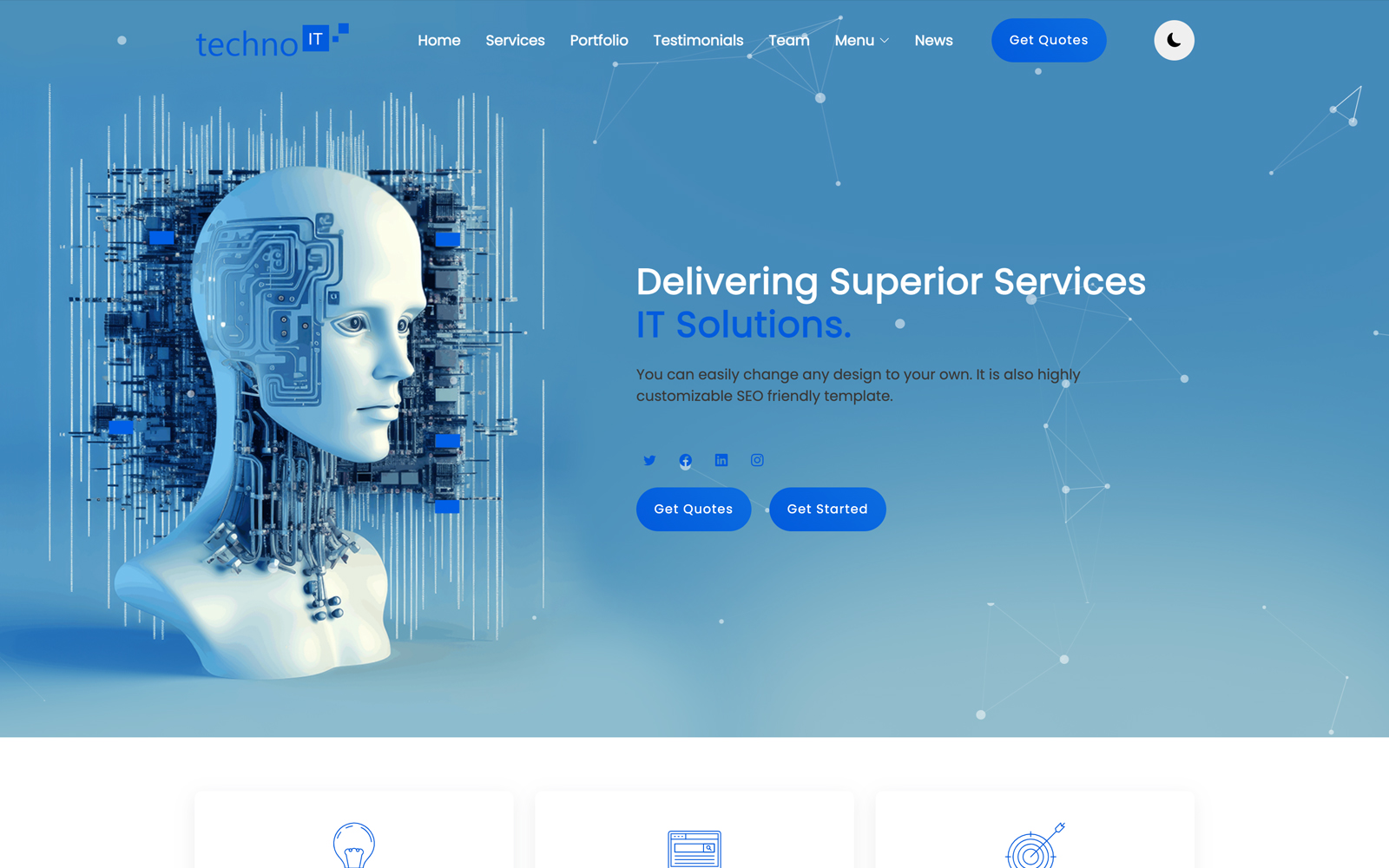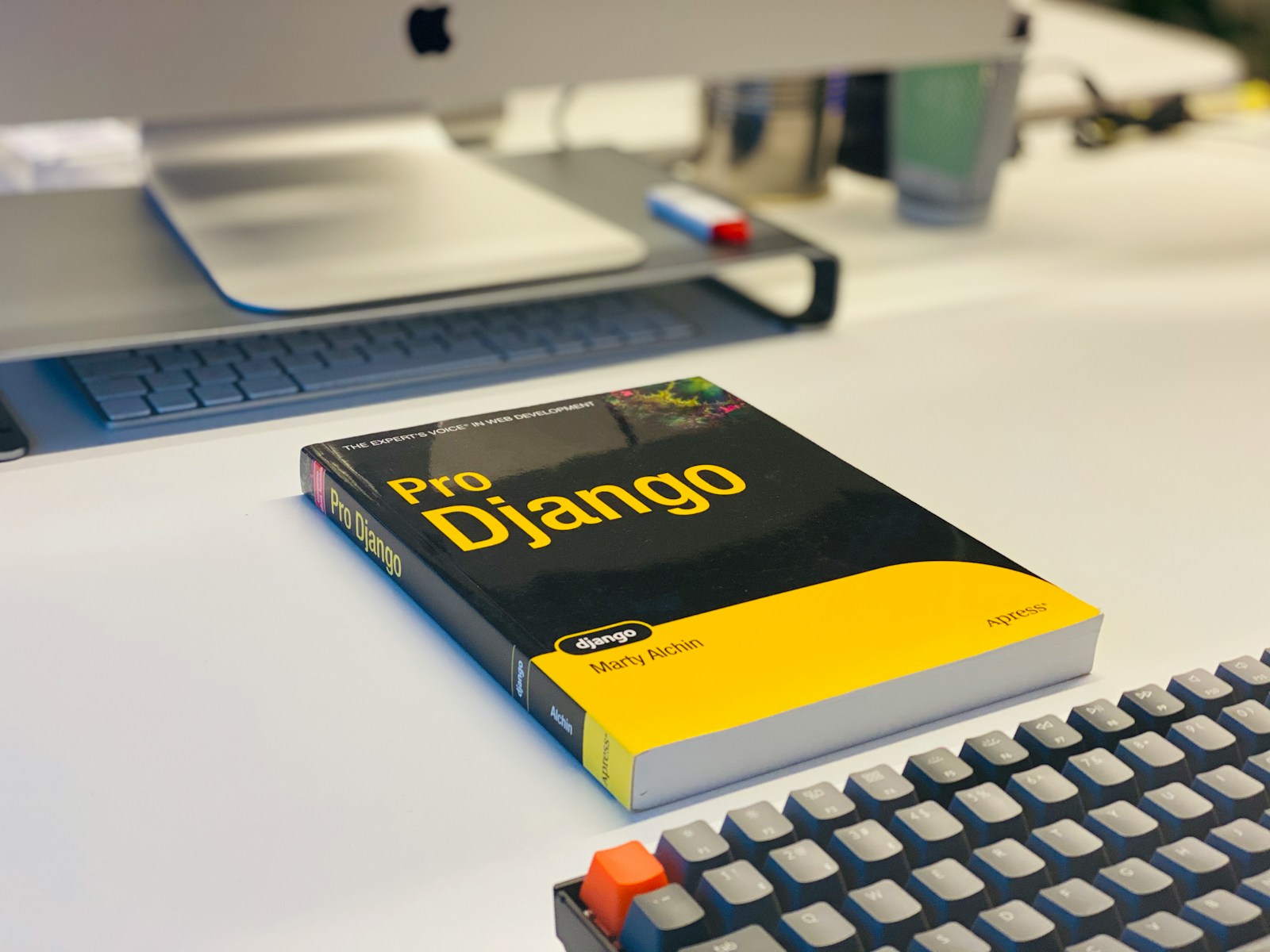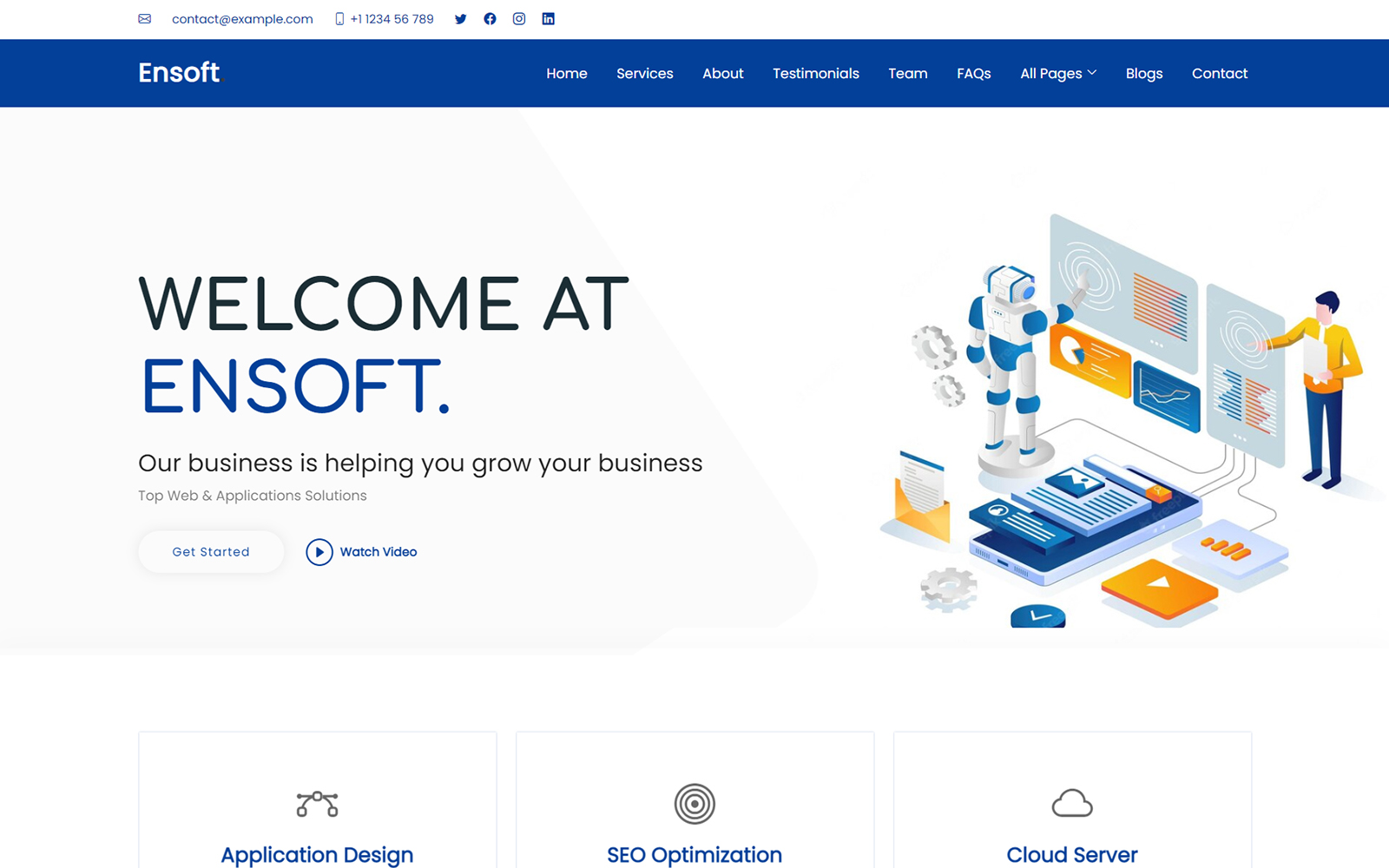Python is not just for data science and machine learning — it’s also a powerful tool for building modern, scalable web applications. In 2025, two Python frameworks dominate the web development landscape in the United States: Flask vs Django.
If you’re launching a startup or building a digital product in the US market, choosing between Flask and Django can directly impact your speed, scalability, and tech stack. This article explores the differences between Flask and Django, helping you decide which one fits your business or development goals.
Flask: Lightweight and Flexible
Flask is a micro-framework designed for simplicity and minimalism. It gives developers full control over the app architecture and only includes the essentials: routing, templating, and request handling. Everything else — from database connections to authentication — must be added manually using extensions.
When to Use Flask
Flask is ideal for:
- MVPs and quick prototypes
- APIs and microservices
- Developers who want more customization and modularity
- Small projects with simple requirements
Because Flask is unopinionated, developers are free to choose their own tools and design patterns. This flexibility makes it a favorite for startups that need to move fast or build highly customized products.
Pros of Flask
- Lightweight and fast
- Easy to learn and use
- More control over components
- Perfect for RESTful API development
- Highly extendable
Cons of Flask
- Requires more setup for larger projects
- No built-in admin panel
- Developers must implement user authentication, ORM, and security features manually
Django: Full-Featured and Scalable
Django is a full-stack web framework designed for larger applications and rapid development. It comes with built-in features such as an ORM, admin interface, user authentication, and form handling — all out of the box.
It follows the “batteries-included” philosophy, which helps teams launch complex applications faster with fewer decisions about third-party tools.
When to Use Django
Django is ideal for:
- Data-driven platforms
- Admin-heavy dashboards
- Marketplace, CMS, or SaaS applications
- Startups needing to scale quickly
Many well-known US platforms such as Instagram, Pinterest, and Eventbrite have used Django to scale efficiently and securely.
Pros of Django
- Built-in admin panel and user authentication
- ORM for database operations
- Built-in security features
- Scalable and production-ready
- Strong documentation and community
Cons of Django
- More opinionated and less flexible
- Can feel heavy for small or API-only projects
- Learning curve is steeper for beginners
Flask vs Django: Side-by-Side Comparison
| Feature | Flask | Django |
|---|---|---|
| Type | Micro-framework | Full-stack framework |
| Flexibility | High (DIY architecture) | Moderate (convention-based) |
| Learning Curve | Easier for small projects | Steeper but structured |
| Built-in Features | Minimal | Extensive |
| Admin Panel | No | Yes |
| ORM | Optional (e.g., SQLAlchemy) | Built-in |
| Best For | APIs, microservices, MVPs | Complex apps, dashboards |
| Use in US Startups | Popular for lean dev teams | Used in fast-scaling platforms |
Which One Should You Choose?
If you’re building a simple product, internal tool, or REST API where flexibility and speed matter most, Flask is a strong choice. It allows you to start small and grow organically.
If your US-based startup is aiming to build a complex application with user roles, data management, or multi-level admin interfaces, Django is the better choice. It reduces development time and includes many features out of the box.
Some teams even start with Flask and switch to Django as their product matures, or use Flask for backend APIs while Django powers the main app.
Developer Talent and Hiring in the US
In 2025, both Flask and Django developers are in high demand in the United States. However, Django skills are more common among developers with full-stack or enterprise experience, while Flask is popular in freelance, startup, and microservice projects.
For startups hiring Python web developers, offering experience in either framework is a plus — but your choice may also influence your talent pool.
Final Thoughts
Both Flask and Django are excellent frameworks for web development in Python. Your choice should depend on your product’s complexity, time-to-market goals, team size, and long-term vision.
Flask gives you speed and freedom. Django gives you structure and scalability. Either way, Python remains a reliable, modern choice for building US-based web startups in 2025.







